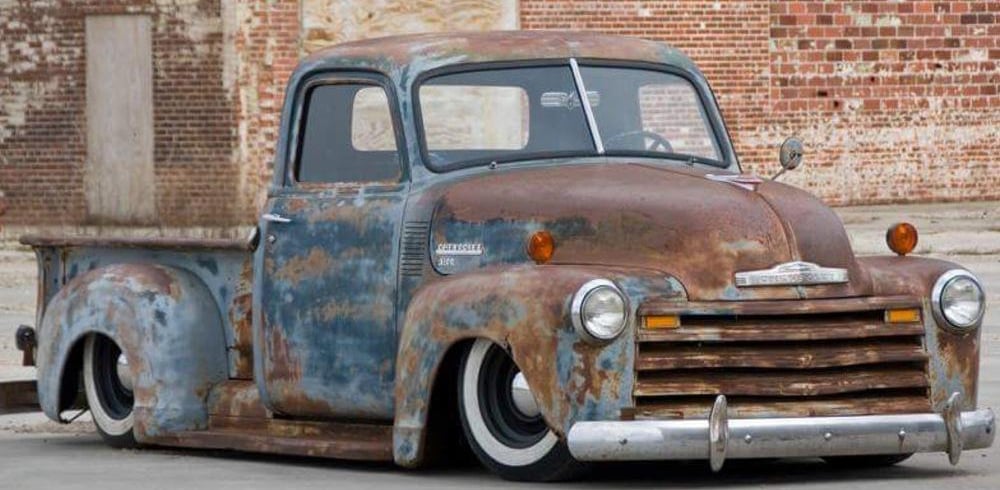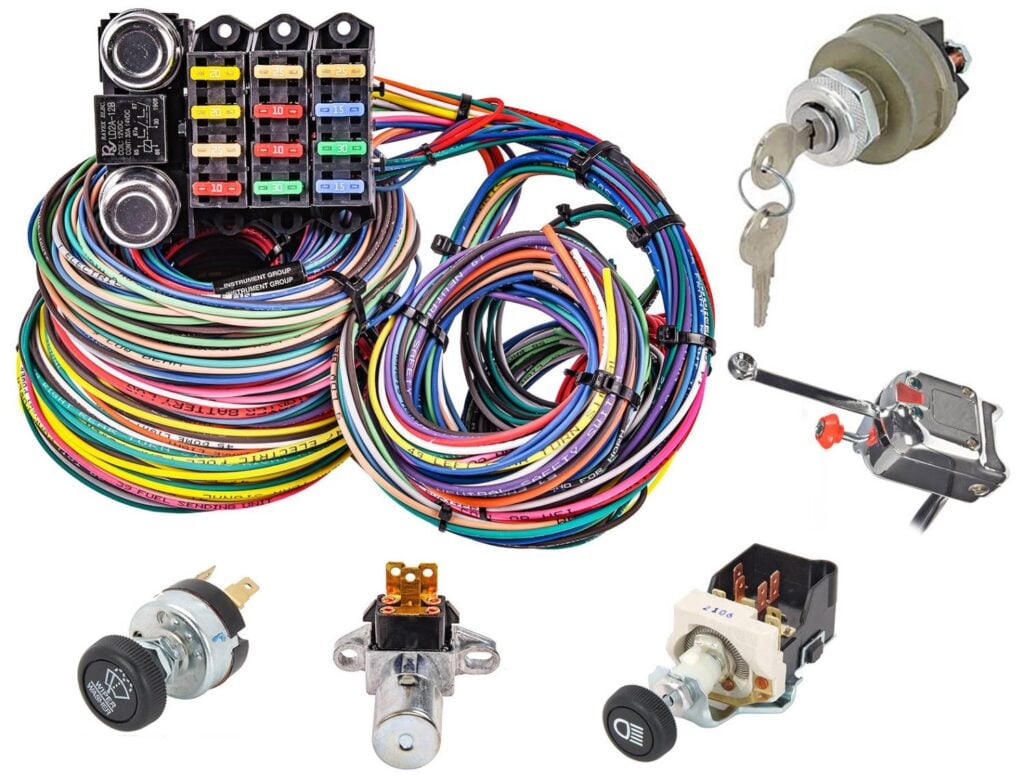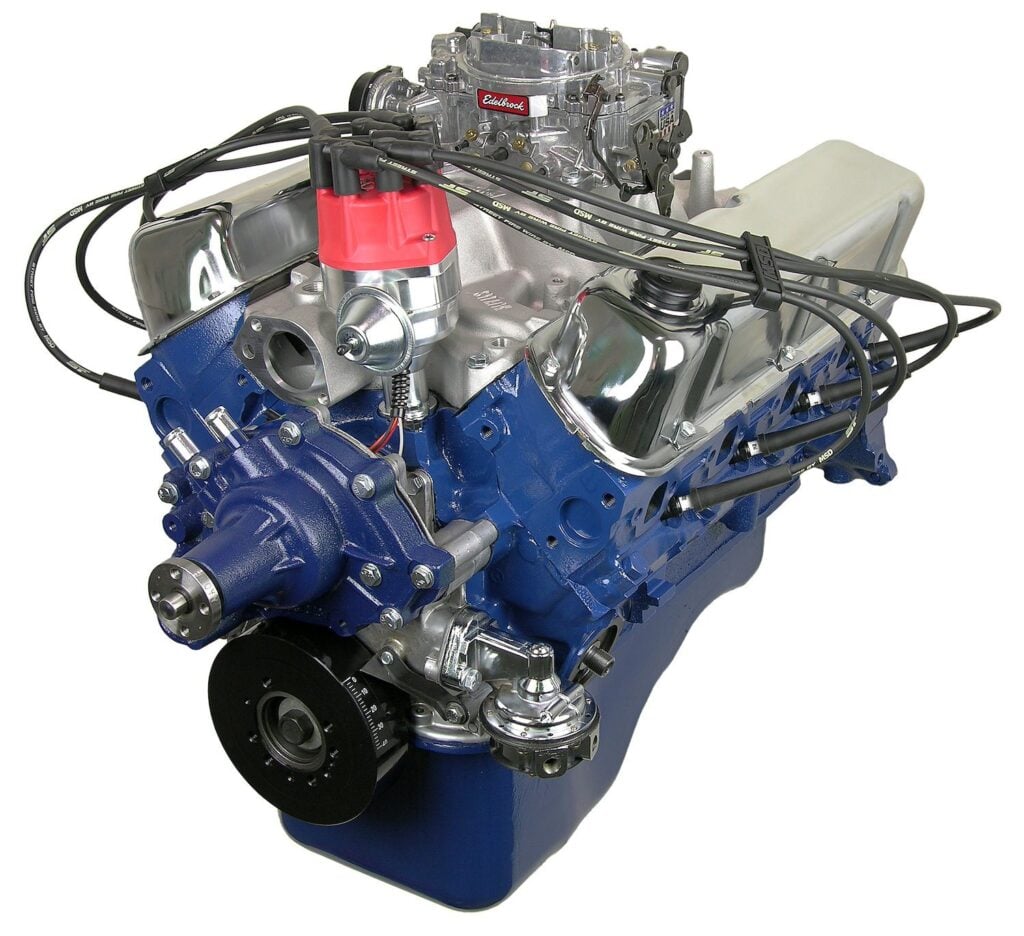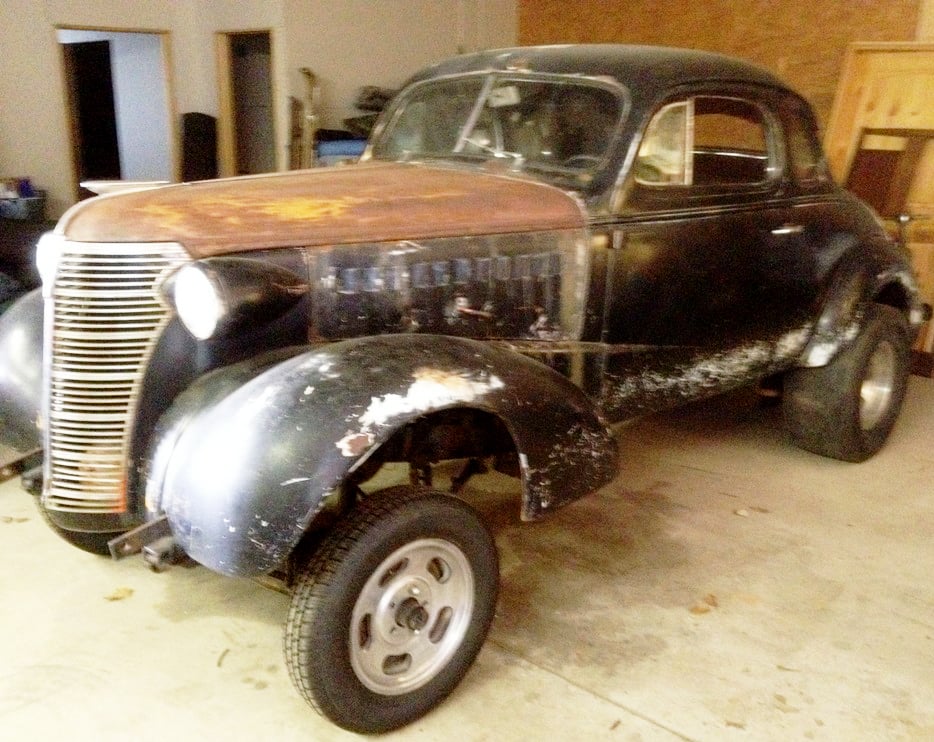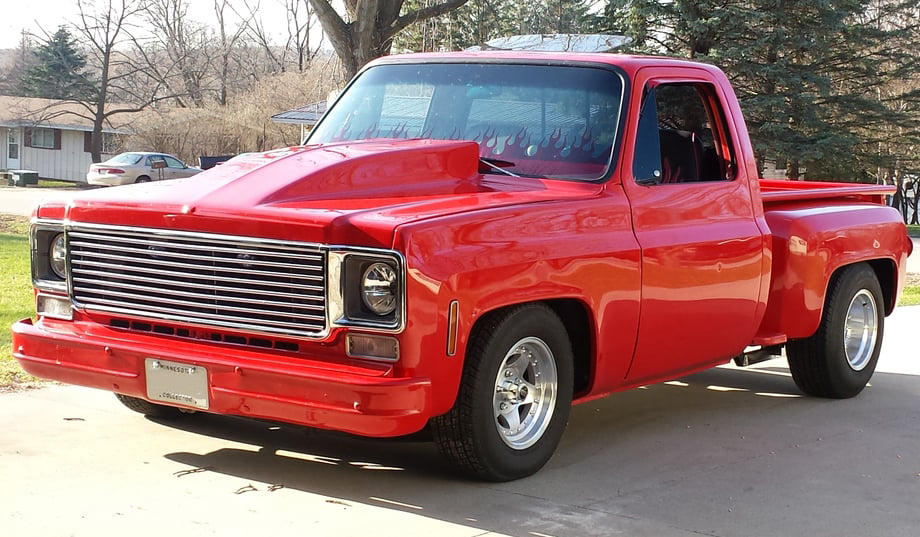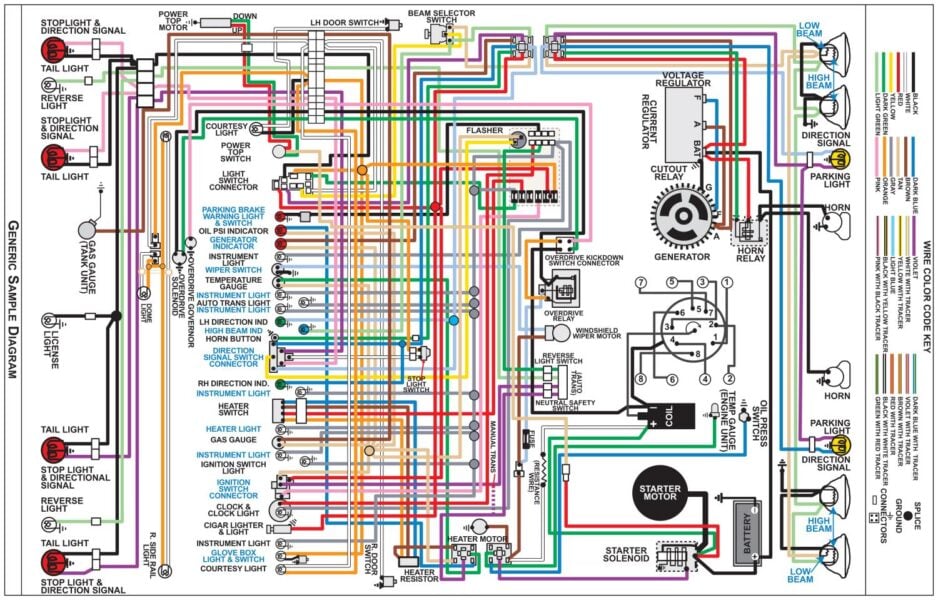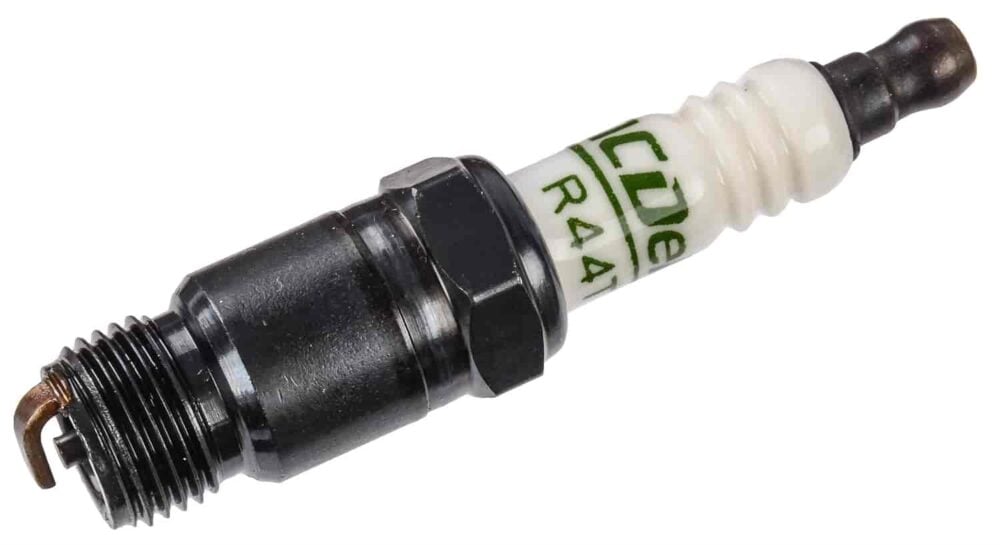Car restoration can be daunting, especially if you don't get the complex parts out of the way first. Restoring a vehicle can cost several thousand dollars and take up much of your time. While car restoration is a complex process, that doesn't mean you shouldn't go through with a restoration project. Knowing the challenges you'll face in advance can help you power through even the most challenging restoration process.
If you want to learn more about the difficult parts of a restoration project and how to overcome them, you’re in the right place. Read on to learn more below.
What Is The Best Order To Restore A Car?
The best way to restore a car is to start with structural and mechanical problems. Making sure the vehicle runs can help you test its performance in the future and understand where you’re at in the restoration process. Moreover, working on mechanical things first can prevent you from damaging or staining costly cosmetic work. For example, if you swap out some mechanical parts and encounter a fluid leak, that can lead to stained paint or damage to the vehicle’s interior.
We also recommend working on structural problems before you get to the cosmetics. Your vehicle's structure is the foundation of your build, and without it, your engine and cosmetic work will suffer.
If you’re looking for some mechanical repairs you can start with, we have some repairs you should consider doing first listed below:
- Repairing the brake system
- Refitting the fuel system
- Repairing the front and rear suspension
- Install any wiring and wire harnesses
- Drop the engine in along with the steering gear box and transmission
- Install the cooling components
Ultimately, you can do any mechanical repairs you want first, but avoid doing any interior work until you’ve set up the mechanical and structural parts of the car.
Is Restoring Cars Worth It as a Hobby?
Whether or not restoring cars as a hobby is worth it depends on your plans and how much money you’re willing to invest. While you can recoup your investment if you restore the car and sell it, you won't get that money back if you plan on doing this as a hobby. Instead, you must be comfortable driving and enjoying the vehicle, regardless of the financial aspect.
That said, many people find restoring cars a fulfilling hobby because it helps preserve a piece of automotive history. Ultimately, it's up to you whether or not you're willing to spend a few thousand dollars on a restoration process. We recommend going this route only if you love cars and the restoration process.
What Is the Hardest Part of Car Restoration?
The hardest part of a restoration project depends on the vehicle and the work needed. However, most people find that restoring the body and frame of a vehicle is the most challenging part. What makes this process difficult is the body's size and the damage it may have sustained over the years. For example, fixing a bent frame can be expensive and take a lot of time. Furthermore, replacement body components can be hard to find.
Bodywork is also challenging because you must be careful with the paint and ensure all the parts you order match the frame. While this may seem as simple as ordering the right parts, when you’re working with older vehicles, you don't have the same options available. For this reason, bodywork is often the most challenging, expensive, and even time-consuming part of the car restoration process.
Tips to Work Through a Challenge in Restoration
Working through a car restoration project is hard enough as it is. The good news is that it doesn't have to be. We have plenty of tips to help you with car restoration. These tips relate to the type of vehicle you’re choosing, staying organized, and working within your means.
Find the Right Car
One of the most important things is the car you plan on using for the restoration process. Not all vehicles are made equal, and you might need more or less time and money depending on the vehicle. When looking for the right car, start by considering the year of the vehicle you need. For example, there is a big difference between the vehicles in 1930 and 1970. When looking for the right car, check to see what parts are still available and where you can get them. Another thing to look for in the right vehicle is the car itself. Check to see if there is any rust on the frame or if any original parts can be salvaged.
Work Within Your Means
Having a budget and plan will help you finish a car restoration project. A budget is essential so that you only spend what you have to restore the car, and we recommend overestimating the cost of the project to avoid any surprises. You should also have a timeframe for the project to keep you disciplined. Unfortunately, it's easy to lose track of a project or fall behind because you don't feel like working on the car; this can lead to days, weeks, or even months without finishing the project. Therefore, holding yourself accountable to a timeframe is a good idea.
Stay Organized
Organization is vital when you’re working on a restoration project. Have organized bins and containers to store parts and bolts during disassembly. This will help you inventory what needs to be replaced and what you can work with. Plus, you'll have every part accounted for without having to scramble or check the manual if you can't seem to find anything. Organization is also crucial when assembling the vehicle. When you order new parts, paint, nuts, or bolts, keep everything organized to avoid skipping a step or ordering the same parts twice.
Whether you need parts, storage solutions, a vehicle lift, or advice on a step in your restoration, JEGS is here for you. Our experts are ready to help you tackle the most challenging parts of the job.

